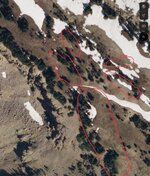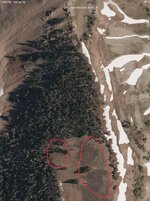Qwertyarcher
FNG
- Joined
- Oct 3, 2024
- Messages
- 4
First mule deer hunt this September, coming up. Completely new to this deer, only hunt whitetails and antelope before. What does the terrain they live in during early September look like, when it comes to vegetation and altitude? Where should I focus glassing sessions, and how long should I stay in one area. Thanks!


